Canada’s automotive history is filled with innovation, ambition, and bold attempts to create vehicles suited for Canadian roads and climates. From early 1900s luxury tourers to experimental electric cars, many homegrown brands once tried to compete with global automakers. Yet most struggled against economic downturns, limited capital, and fierce foreign competition. Here are 23 Canadian car brands that went extinct.
Bricklin

The Bricklin SV-1 was a Canadian sports car produced in New Brunswick between 1974 and 1976. Founded by American businessman Malcolm Bricklin, the brand aimed to create a “safety sports car” featuring innovative gull-wing doors and a composite body. Despite its futuristic design, the SV-1 suffered from poor build quality, mechanical issues, and high production costs. Only about 2,900 units were built before the company went bankrupt, costing the New Brunswick government millions. Although short-lived, Bricklin remains one of Canada’s most famous attempts at producing a homegrown performance vehicle. Surviving models are now collectible classics.
ZENN Motor Company

ZENN Motor Company, based in Toronto, was founded in 2000 to develop zero-emission electric vehicles. The name “ZENN” stood for “Zero Emission No Noise.” The company produced compact electric cars designed for urban use, reaching limited speeds suitable for city driving. Despite early interest, restrictive provincial regulations and limited battery technology prevented large-scale adoption. By 2010, ZENN ended car production and shifted focus to developing electric drive technologies through its investment in EEStor. The brand disappeared from the automotive market soon after, but it played a pioneering role in Canada’s early electric vehicle innovation efforts.
Manic GT
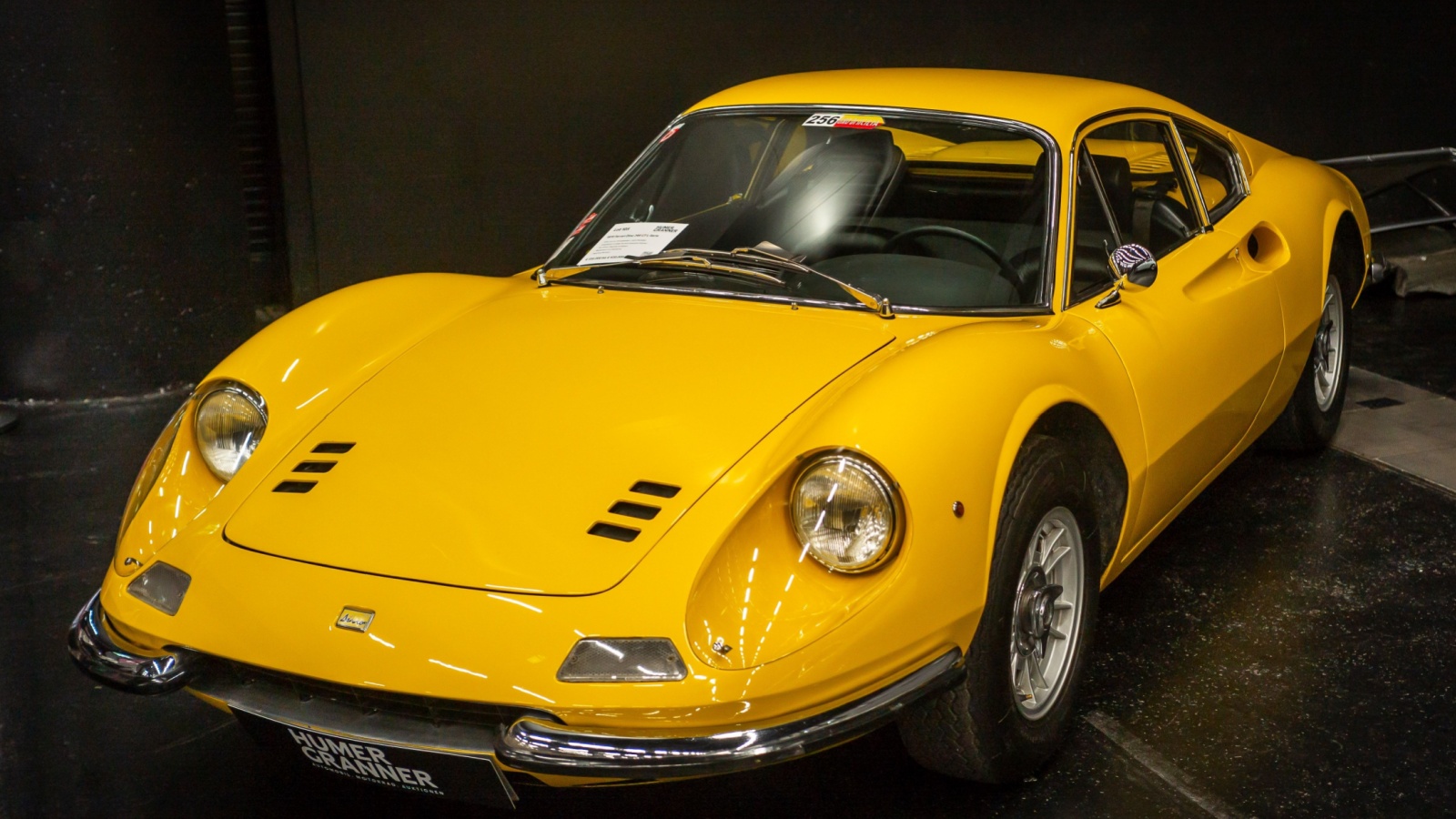
The Manic GT was a Quebec-built sports car produced from 1969 to 1971. Designed by Jacques About, it was manufactured using parts from Renault, including the drivetrain from the Renault 8. Lightweight and sporty, the Manic GT became Canada’s first and only mass-produced fiberglass sports car, with around 160 units made. The car received positive reviews for handling and performance but faced severe distribution and funding challenges. Without adequate dealer support, production halted after just two years. Despite its brief run, the Manic GT remains a celebrated example of Quebec’s ambitious automotive craftsmanship.
Beaumont
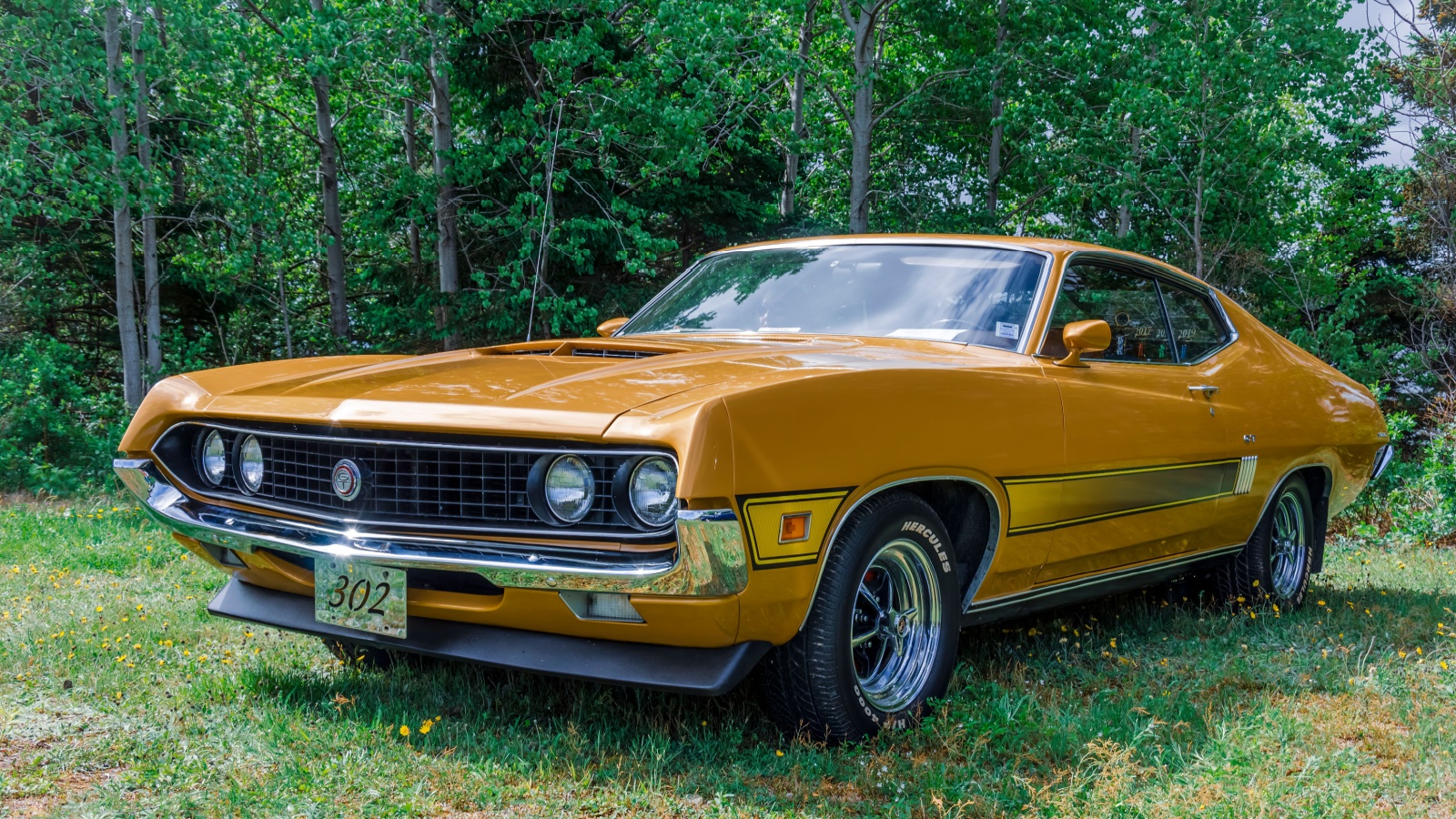
Beaumont was a Canadian automobile brand produced between 1966 and 1969 by General Motors Canada. It originated as a trim level under the Acadian name before becoming its own standalone marque. Based on Chevrolet designs but featuring unique Canadian styling cues and interiors, the Beaumont offered both sedan and muscle car variants, including the Beaumont Sport Deluxe. The brand was discontinued when GM consolidated its product lineup under the Chevrolet name. Today, Beaumont vehicles are prized among collectors for their rarity and their distinct Canadian identity within GM’s North American production history.
Acadian

The Acadian brand was created by General Motors Canada in 1962 to fill a market gap for Pontiac-Buick dealers who lacked a compact model. Built on Chevrolet platforms, Acadian vehicles were essentially rebadged Chevy IIs and later Novas, customized for the Canadian market. The line included models such as the Acadian Canso and Beaumont. Production lasted until 1971, when GM phased out the brand to simplify operations. Although it mainly served as a regional solution, Acadian holds historical importance as one of Canada’s few domestic automotive badges tied to a major global automaker.
Dominion Motors

Dominion Motors, based in Toronto, operated from 1921 to 1933 and was known for manufacturing luxury automobiles under the name “Dominion Arrow.” The company aimed to compete with American brands by producing high-quality Canadian cars. Its vehicles were assembled using imported parts and featured advanced engineering for the time. However, the Great Depression devastated sales, and Dominion Motors was unable to sustain production. By 1933, the company ceased operations entirely. Few examples of its vehicles survive today, making Dominion Motors a rare piece of early Canadian automotive history from the pre-war industrial period.
Brooks Steam Motors

Brooks Steam Motors Limited was founded in Toronto in 1923 with the goal of building steam-powered automobiles. The company’s founder, Oland J. Brooks, believed steam cars could offer smoother performance than gasoline vehicles. Production began in Stratford, Ontario, but steam technology was already outdated by the 1920s. High costs, limited range, and difficult maintenance led to poor sales. Fewer than 200 Brooks steam cars were produced before the company collapsed in 1929. Despite its commercial failure, Brooks remains notable as one of the last serious global attempts to revive steam-powered automobiles.
Russell Motor Car Company

The Russell Motor Car Company was established in Toronto in 1904 as one of Canada’s earliest automobile manufacturers. Originally a branch of the Canada Cycle and Motor Company, Russell transitioned from bicycles to luxury motorcars aimed at affluent buyers. Its vehicles were known for high craftsmanship and reliable engines. The company prospered in the early 1900s, even exporting to overseas markets. However, the economic pressures of World War I and increasing competition from U.S. automakers forced it to shut down by 1916. Russell’s pioneering efforts helped lay the groundwork for Canada’s early automotive industry.
Gray-Dort Motors

Gray-Dort Motors was a Canadian automobile manufacturer based in Chatham, Ontario, operating from 1915 to 1925. The company produced reliable mid-priced vehicles adapted from American Dort designs, modified for Canadian conditions. Known for their sturdy construction and quality craftsmanship, Gray-Dort cars gained a loyal customer base nationwide. At its peak, the company employed hundreds of workers and produced several thousand vehicles annually. However, post-war economic downturns and increased competition from larger automakers led to declining sales. By 1925, production ceased. Gray-Dort remains an important part of Canada’s early automotive heritage and industrial development history.
Frontenac Motor Company
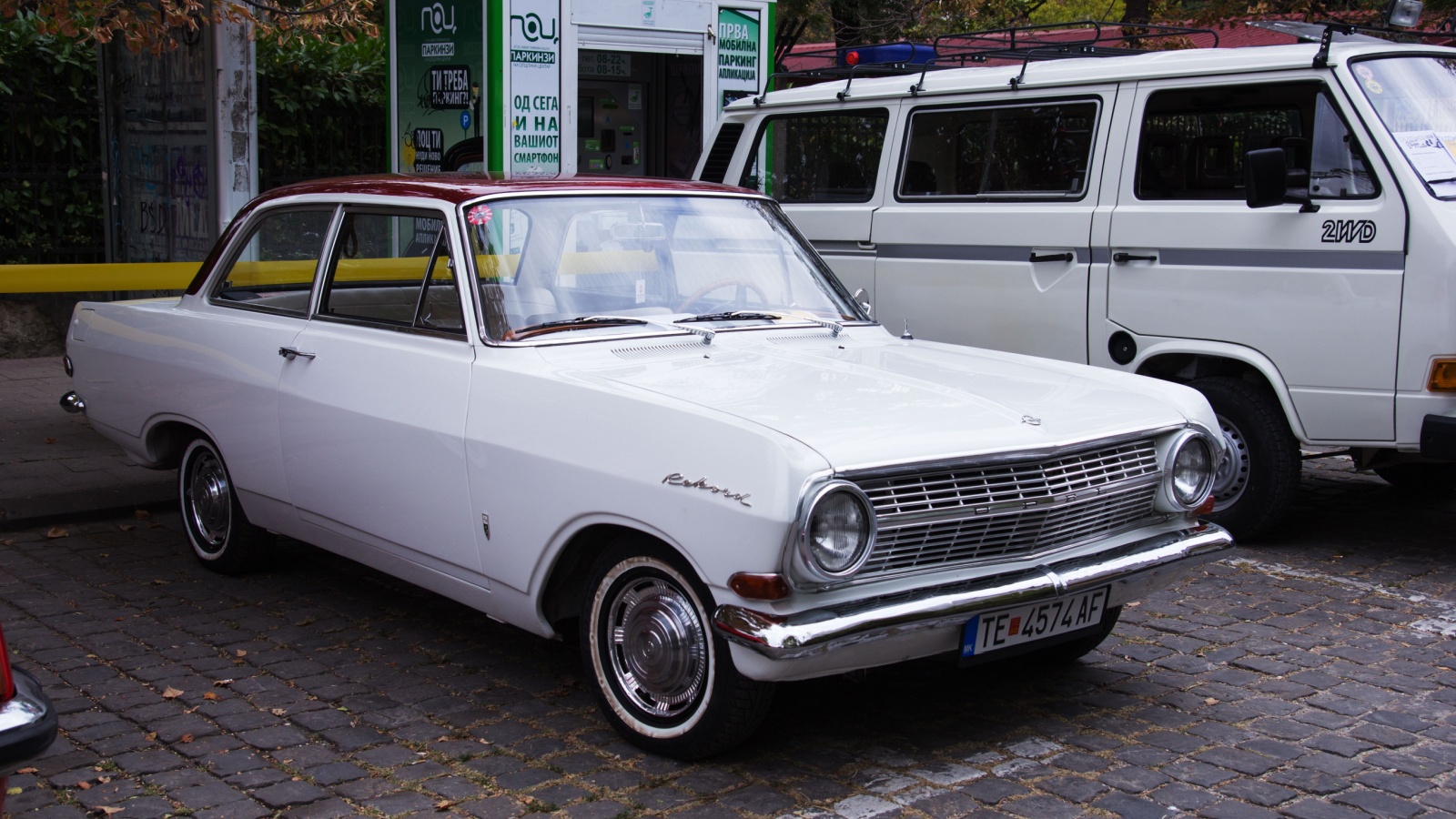
Frontenac Motor Company was founded in Toronto in 1931 by the legendary Canadian racing driver Louis Chevrolet and his brothers. The company produced the Frontenac automobile, a stylish and affordable vehicle targeted at the mid-market segment. It featured reliable engineering and a distinctive design that reflected Chevrolet’s performance expertise. However, the Great Depression struck soon after its launch, crippling demand for new cars. The company survived only a short time before closing its doors in 1933. Despite its brief existence, the Frontenac brand symbolizes Canada’s link to the broader North American automotive legacy.
Canadian Motor Lamp Company (CML)
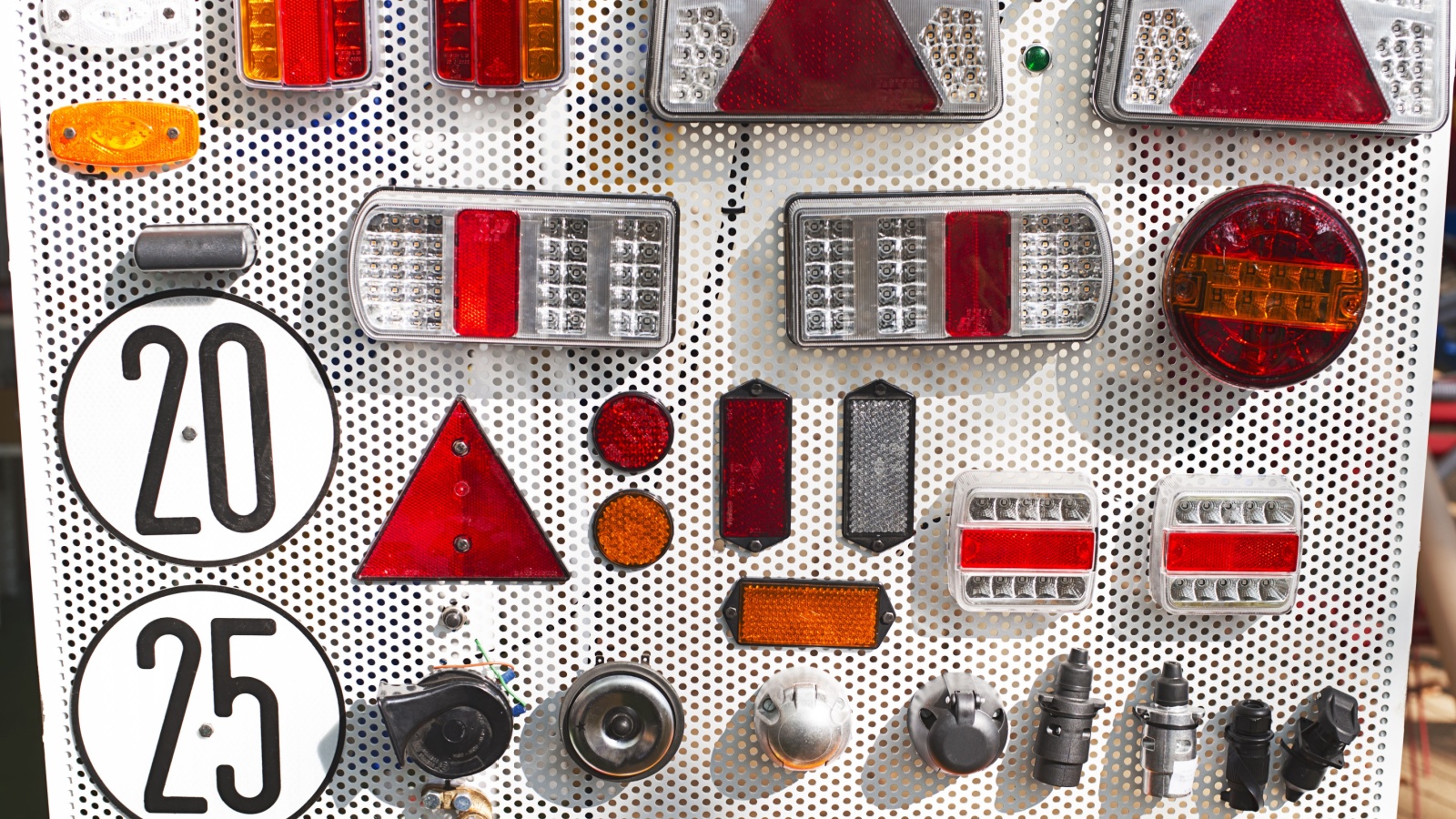
The Canadian Motor Lamp Company, founded in the early 1900s in Windsor, Ontario, played a unique role in the nation’s automotive history. Though best known as a supplier of vehicle lighting and metal components, CML briefly produced small quantities of custom and experimental vehicles during the 1910s. Its engineering expertise and close connections with Ford of Canada positioned it as an early innovator in automotive manufacturing. However, as the parts industry consolidated, CML ceased producing vehicles and focused entirely on supplying components. It was eventually absorbed into larger automotive supply chains by the mid-20th century.
Knight XV by Conquest Vehicles (Original Series)

Conquest Vehicles, based in Toronto, launched the Knight XV luxury armored SUV in 2008. Built entirely by hand, the vehicle combined extreme security with premium comfort, featuring ballistic armor, run-flat tires, and a lavish interior. With a price tag exceeding CA$600,000, it was aimed at ultra-wealthy clients and security professionals. Production was extremely limited, with fewer than 100 units built. Despite international attention, the company struggled with high production costs and a niche market. The original Knight XV series ended after a few years, marking the decline of one of Canada’s most exclusive automotive projects.
Campagna Motors

Campagna Motors, founded in Montreal in 1988, was best known for the T-Rex, a three-wheeled performance vehicle that combined motorcycle agility with car-like stability. The company gained a cult following among enthusiasts for its unique design and impressive engineering. Celebrities and racing fans often endorsed it, but limited production volumes and high prices restricted its market growth. Financial struggles led to bankruptcy filings in 2019, ending production. Despite attempts at revival, the company’s operations never fully resumed. Campagna Motors remains remembered as a bold and inventive part of Canada’s modern automotive history.
McLaughlin Motor Car Company

The McLaughlin Motor Car Company, founded in Oshawa, Ontario, in 1907, was one of Canada’s earliest and most successful automakers. The company began as a carriage manufacturer before transitioning to automobiles powered by Buick engines. McLaughlin cars were known for quality craftsmanship and reliability, appealing to Canada’s growing middle class. In 1918, the company merged with General Motors to form General Motors of Canada, effectively ending the McLaughlin brand name. While it ceased as an independent marque, McLaughlin’s legacy continues as a cornerstone in Canada’s transformation from carriage building to modern automobile manufacturing.
Thibault Fire Engines

Thibault Fire Engines was a Canadian manufacturer based in Pierreville, Quebec, founded in 1918. The company specialized in producing custom-built fire trucks and emergency vehicles known for their durability and craftsmanship. For decades, Thibault supplied municipalities across Canada, becoming a trusted name in firefighting equipment. However, financial challenges and increased competition from U.S. and European manufacturers in the 1980s weakened its position. By 1990, production ceased entirely. Although the company no longer exists, many Thibault fire trucks remain in service or are preserved by collectors, representing a proud chapter of Canadian engineering excellence.
London Motors
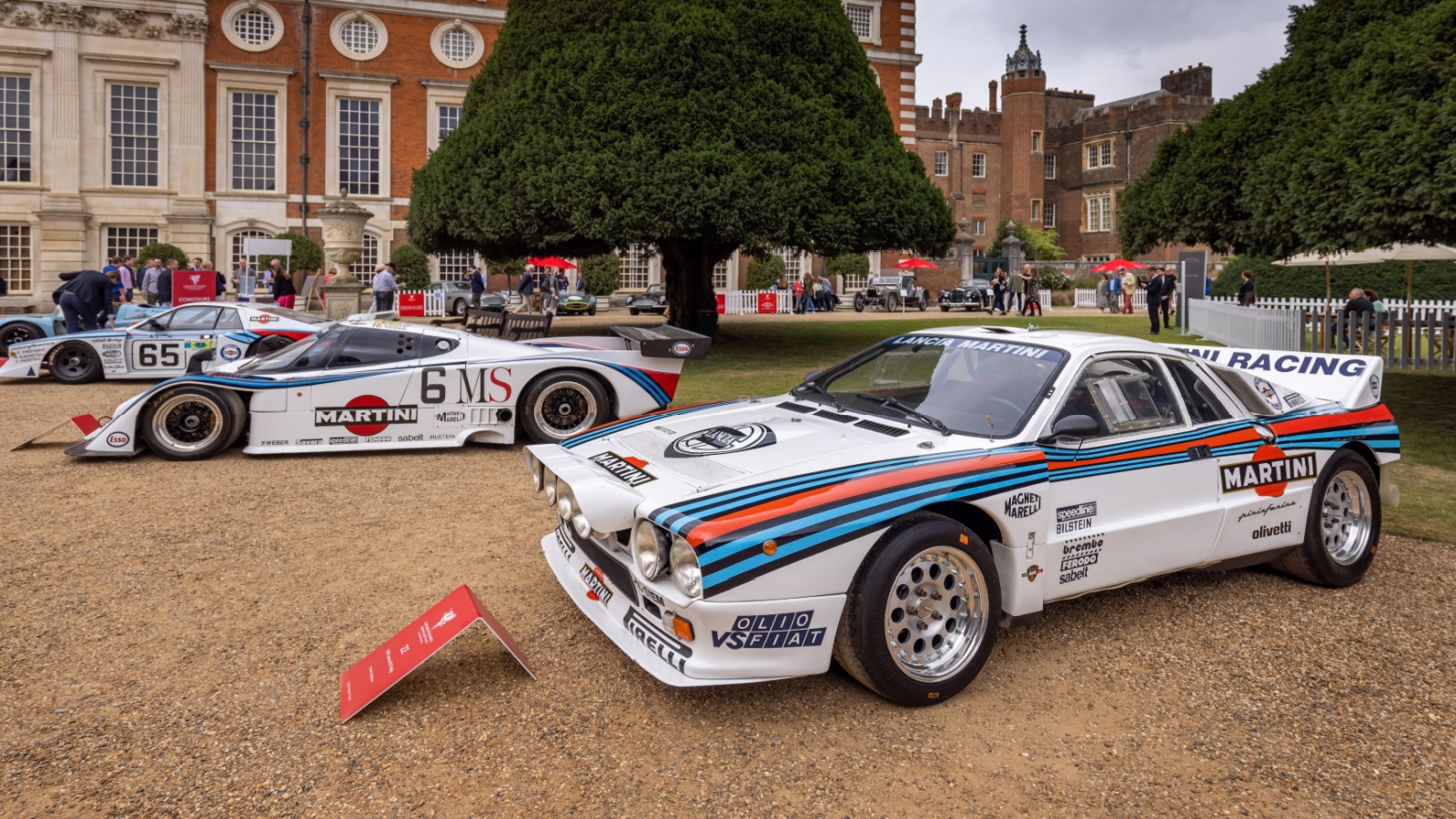
London Motors operated out of London, Ontario, during the early 1920s. The company produced a small number of luxury touring cars designed for Canada’s upper-middle class. Built with imported engines and handcrafted bodies, London Motors vehicles were admired for quality and comfort. However, limited capital and poor economies of scale prevented mass production. The post-war automotive boom quickly left small manufacturers like London Motors behind. By 1925, the company had closed its operations. Today, surviving examples are extremely rare, offering a glimpse into Canada’s ambitious yet short-lived early automobile ventures.
Derby Motor Cars
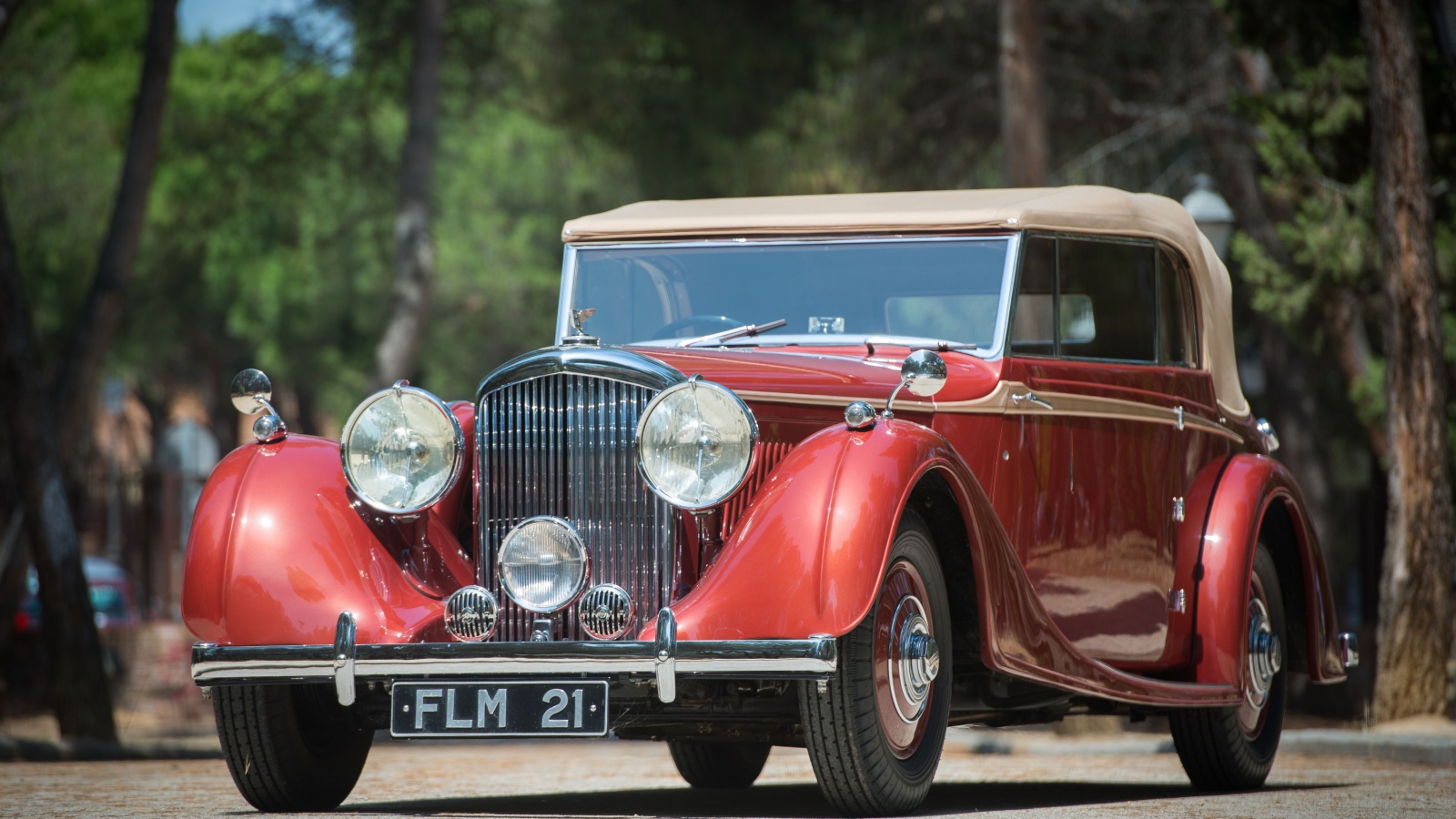
Derby Motor Cars was a small Canadian automaker established in Toronto in 1924. It aimed to produce affordable vehicles that could compete with imported American models. Despite building prototypes and generating some investor interest, the company struggled to secure large-scale financing. Production numbers remained minimal, and the vehicles never achieved wide distribution. By 1927, Derby Motor Cars had ceased operations. Although it never reached commercial success, Derby’s brief attempt reflected the entrepreneurial spirit of Canada’s early 20th-century industrialists trying to establish a homegrown automotive presence.
Amherst Motors

Amherst Motors was a small Nova Scotia-based car manufacturer that operated in the early 1910s. The company built a few handcrafted touring cars and light trucks using locally sourced components and imported engines. Despite regional interest, limited infrastructure and high production costs made it impossible to scale operations. Amherst Motors closed within a few years, leaving behind very few surviving vehicles. Its story represents the challenges faced by small manufacturers outside central Canada in competing with larger, better-funded automakers. Amherst remains a relatively unknown yet intriguing aspect of Atlantic Canada’s industrial heritage.
Tudhope Motor Company
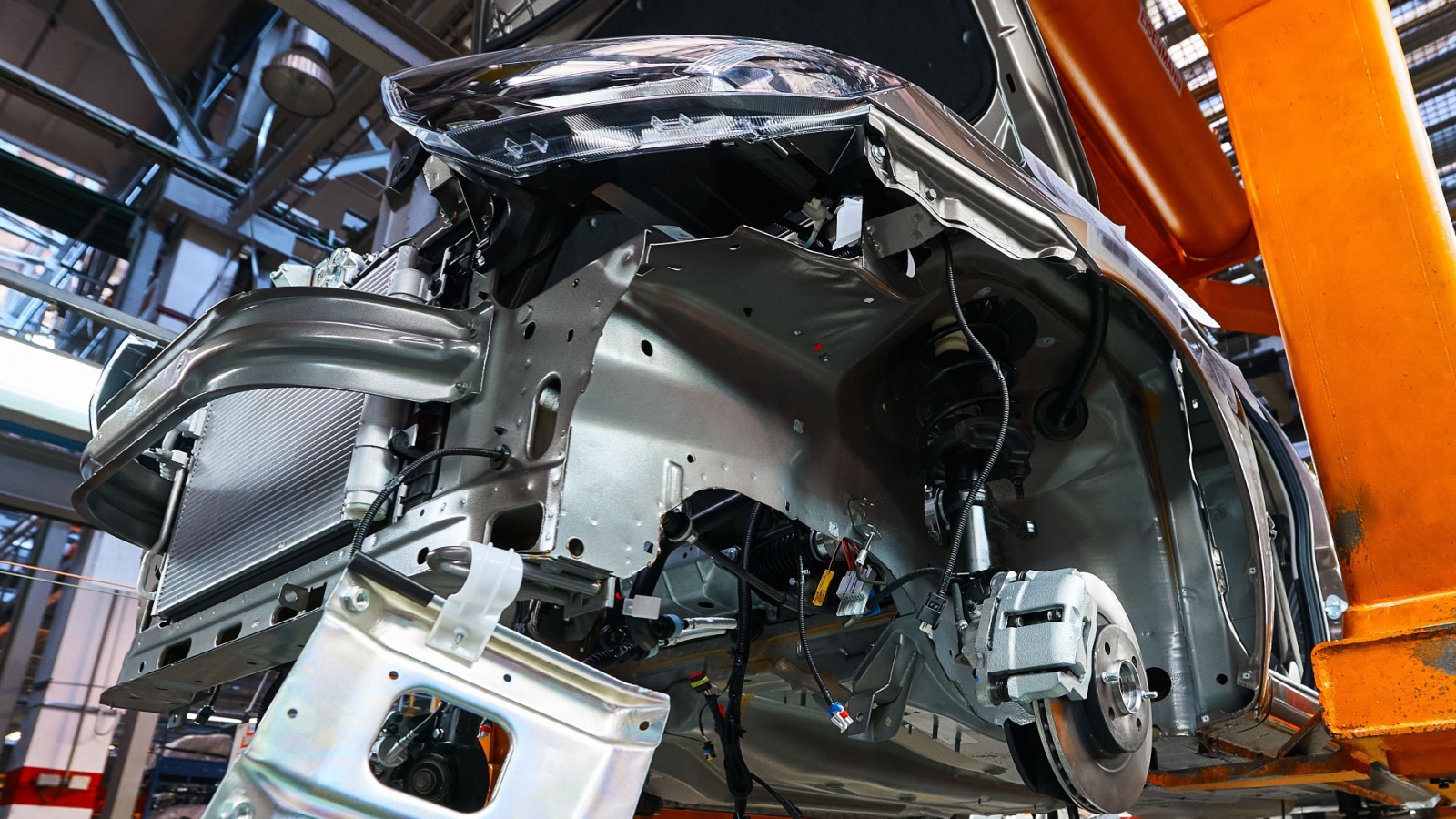
The Tudhope Motor Company, based in Orillia, Ontario, produced automobiles between 1908 and 1913. Initially a carriage manufacturer, Tudhope transitioned to motor vehicles during Canada’s early automotive boom. The company built cars under license from U.S. automaker Everett, later producing models under its own name. Tudhope vehicles were praised for their durability and design suited to Canadian roads. However, the 1913 economic downturn and competition from Ford’s mass production methods led to its closure. The company later shifted back to carriage manufacturing. Tudhope’s legacy remains as one of Ontario’s early industrial pioneers.
Clancy Motor Car Company

Clancy Motor Car Company was a short-lived Canadian automaker founded in Toronto around 1910. The company produced a limited number of cars featuring advanced engineering for the period, including robust engines and refined coachwork. However, Clancy lacked sufficient investment to expand production and compete with larger U.S. manufacturers. By 1914, it had ceased operations. Few records or surviving vehicles remain, but Clancy Motor Car Company stands as one of many early 20th-century Canadian startups that showcased innovation yet fell victim to an increasingly consolidated automotive market.
Colonial Motors Limited

Colonial Motors Limited was established in Montreal in 1917 to produce passenger cars tailored to Canadian weather conditions. The vehicles featured reinforced chassis and reliable engines, making them suitable for harsh winters. Despite its solid engineering, the company struggled to compete against major American automakers offering cheaper, mass-produced vehicles. By 1921, Colonial Motors ended production and dissolved soon after. Though its lifespan was brief, the company’s efforts reflected Canada’s growing ambition to establish a sustainable domestic automotive industry during the early 1900s.
Can-Am Spyder Prototype Series

Before the Can-Am Spyder became a successful product under Bombardier Recreational Products (BRP), early prototype series were developed and tested in the late 1990s and early 2000s under different experimental names. These pre-production models never reached full commercial release but were crucial in refining the reverse-trike concept. The prototypes faced regulatory uncertainty and high development costs, causing early test models to be discontinued before BRP launched the official Can-Am Spyder in 2007. The extinct prototype phase remains an interesting part of Canada’s modern vehicle innovation history and BRP’s evolution into a global powersports leader.
Winnipeg Motor Cars

Winnipeg Motor Cars was founded in Manitoba in 1921 to build affordable cars for Western Canada. The company produced a small number of vehicles using locally assembled components and imported powertrains. Its models were simple yet functional, reflecting regional needs for reliability over luxury. However, logistical challenges, limited funding, and growing competition from imported U.S. cars made long-term production impossible. By 1923, the company shut down. Winnipeg Motor Cars remains a little-known yet symbolic example of early Prairie-region efforts to establish a local automobile industry.
21 Products Canadians Should Stockpile Before Tariffs Hit

If trade tensions escalate between Canada and the U.S., everyday essentials can suddenly disappear or skyrocket in price. Products like pantry basics and tech must-haves that depend on are deeply tied to cross-border supply chains and are likely to face various kinds of disruptions
21 Products Canadians Should Stockpile Before Tariffs Hit
